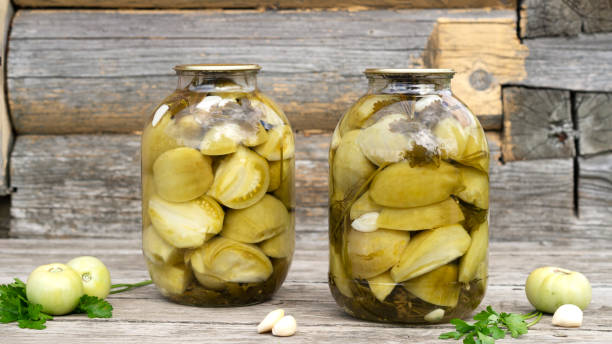By DAVID RISING Associated Press
BANGKOK (AP) — The death toll from the earthquake that hit Myanmar nearly a week ago rose Thursday to 3,145 as search and rescue teams found more bodies, the military-led government said, and humanitarian aid groups scrambled to provide survivors medical care and shelter.
Information Minister Maung Maung Ohn also announced at a meeting in the capital, Naypyitaw, that 4,589 people were injured and 221 others were missing, state television MRTV reported.
The epicenter of the 7.7 magnitude quake on March 28 was near Mandalay, Myanmar’s second-largest city. It brought down thousands of buildings, buckled roads and destroyed bridges in multiple regions.
Local media reports of casualties have been much higher than the official figures. With telecommunications widely out and many places difficult to reach, the numbers could rise sharply as more details come in.
A report issued Thursday by the U.N. Office for the Coordination of Humanitarian Affairs estimated that the earthquake and aftershocks have affected more than 17 million people across 57 of the country’s 330 townships, including more than 9 million who were severely affected.
“The coming days will be critical in determining the full scale of the disaster’s impact and the response required to meet the needs of millions affected,” it said.
U.N. Secretary-General António Guterres said U.N. humanitarian chief Tom Fletcher and special envoy Julie Bishop will arrive in Myanmar on Friday.
The secretary-general appealed to the international community to immediately step up funding for quake victims “to match the scale of this crisis,” and urged unimpeded access to reach those in need.
“The earthquake has supercharged the suffering – with the monsoon season just around the corner,” he said.
The World Health Organization said that according to its initial assessment, four hospitals and one health center had been completely destroyed, while another 32 hospitals and 18 health centers had been partially damaged.
“With infrastructure compromised and patient numbers surging, access to health care has become nearly impossible in many of the worst-hit areas,” the U.N. said. “Thousands of people are in urgent need of trauma care, surgical interventions and treatment for disease outbreaks.”
A mobile hospital from India and a joint Russian-Belarusian hospital also were now operating in Mandalay.
With many left homeless by the quake, and many others staying away from their homes because of fears that ongoing aftershocks will bring them down, workers in Naypyitaw labored in the 40 C (104 F) heat to busily erect big tents in open fields to provide some shelter.
In Mandalay, local residents gave slices of watermelon to Chinese volunteers taking a break from the high temperatures.
More than 1,550 international rescuers were operating alongside locals on Thursday, according to a statement from the military. Rescue supplies and equipment have been sent by 17 countries.
Myanmar’s military seized power in 2021 from the democratically elected government of Aung San Suu Kyi, sparking what has turned into a civil war.
The quake worsened an already dire humanitarian crisis, with more than 3 million people displaced from their homes and nearly 20 million in need even before it hit, according to the United Nations.
As concerns grew that ongoing fighting could hamper humanitarian aid efforts, the military declared a temporary ceasefire Wednesday, through April 22. The announcement followed unilateral temporary ceasefires announced by armed resistance groups opposed to military rule.
The military said that it would still take “necessary” measures against those groups, if they use the ceasefire to regroup, train or launch attacks.
Already on Thursday, there were reports from local media in Kachin state in the north of Myanmar that military attacks continued in several areas, but they couldn’t be independently confirmed.
Prior to the earthquake, the military was battling the Kachin Independence Army militia group. The KIA on Wednesday also declared a ceasefire but reserved the right to defend itself. It was unclear how the reported fighting broke out.
The earthquake shook Kachin, but there have been no reports of damage there.
In Bangkok, where the quake brought down a skyscraper under construction, the search for survivors and bodies continued as Gov. Chadchart Sittipunt said that a possible sound of life was detected in the rubble. By near day’s end, however, nobody was found.
Twenty-two people were killed and 35 injured in the city, mostly by the collapse of the unfinished building.
___
Jintamas Saksornchai contributed to this report.















